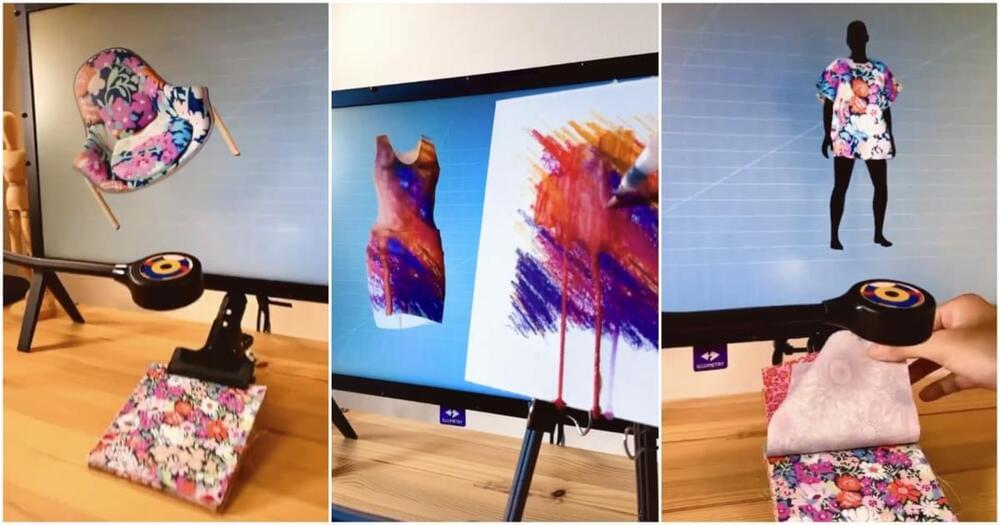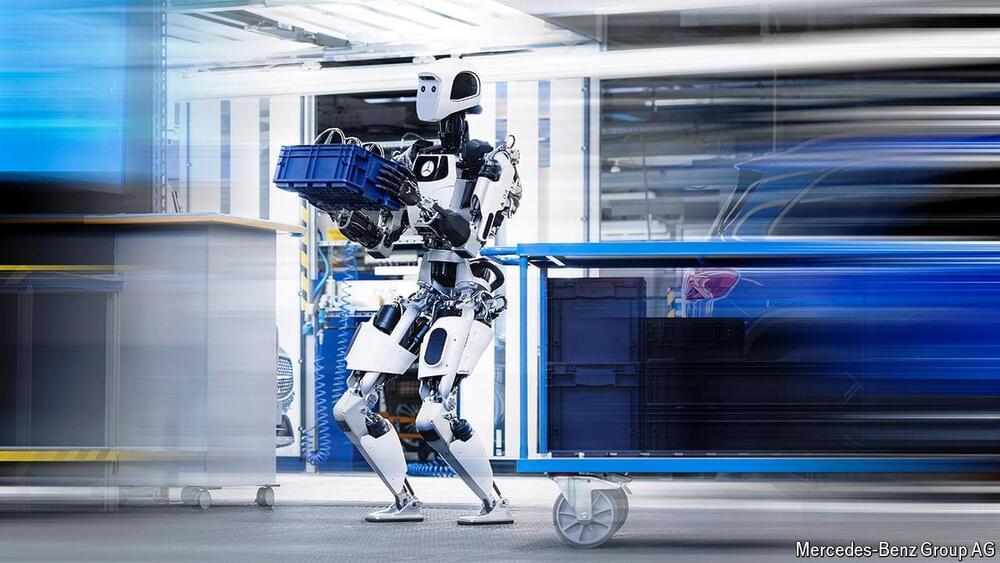WEST, a fusion reactor in France, broke a record for tungsten tokamaks with a 6-minute plasma. It’s an important step toward clean, limitless energy.




Ancient vessels, discovered by accident on the Mongolian steppe, have given us new insight into how the land’s ancient inhabitants ate.
Archeologists have scraped caked residue from the insides of two Bronze Age cauldrons dating back 2,750 years, revealing that the vessels were once used for collecting the blood of ruminants, such as sheep and goats, as well as the milk of wild yaks (Bos mutus).
What did they do with the blood, you ask? Well, we can’t know for certain, but it was likely used for dietary purposes, such as the production of blood sausage, similar to sausage-making techniques still used in rural Mongolia today.

Users of Photoshop, Substance 3D, and other Adobe products are now required to provide the company with unlimited access to their creations.
Vortices are a common physical phenomenon. You find them in the structure of galaxies, tornadoes and hurricanes, as well as in a cup of tea, or water as it drains from the bathtub.

Nanocarrier delivery has huge potential in agriculture; however, there are significant scientific and societal barriers to overcome. In this Review, the authors explore the state of the field, what lessons can be learned from nanomedicine, and discuss what scientific and societal issues need to be addressed.


